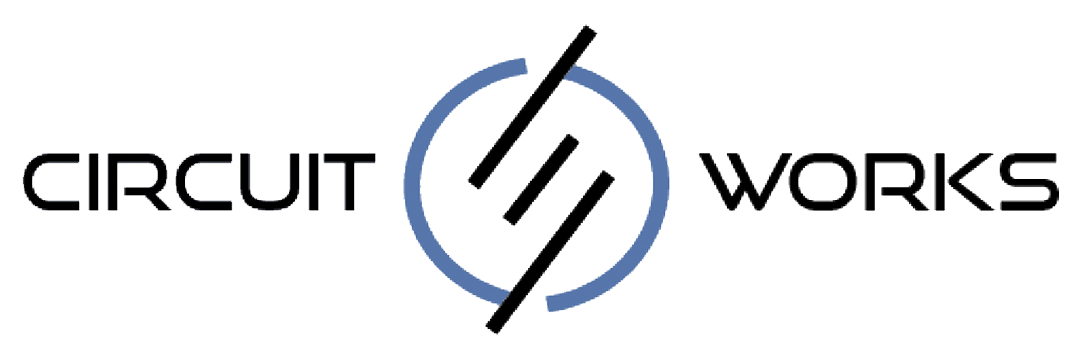Zone Training: Train Smarter, Not Harder
The Beauty Zone of Training
If you’re trying to lose weight, chances are you’ve sweated your way through the intense roller-coaster of an HIIT workout. High-intensity interval training isn’t for the faint of heart: this fitness method is all about torching calories through combining active recovery periods and short bursts of high-intensity exercise. The fluctuation between heavy exertion and recovery periods improves your aerobic and anaerobic system development, strengthening your endurance and improving the amount of oxygen you can consume during a workout. But how do you know if your intervals are hitting the mark? Wearing a heart rate monitor during your workout allows you to measure your level of exertion, taking out all of the guesswork around the effectiveness of your HIIT workout.
Heart Rate Monitors
Usually worn on your upper arm, a heart rate monitor is used as a reliable indicator of your training intensity. Why is this so important to reaching your fitness goals? Being aware of your training intensity builds confidence in your results because you understand how and why they were achieved. Here’s what you need to know: your max heart rate can be calculated easily by subtracting your age from 220. The percentage of your maximum heart rate used at any given point is an indication of your exertion level. The monitor will also give you an estimate of the number of calories you burn during a workout, a number that is mostly dependent upon the distance you cover & your weight. At Circuit Works, you will constantly be able to check your exertion level and calories burned throughout a workout, showing you whether you’re on track or need to ramp up the intensity. We’ll break it all down for you here…
Warm Up
Green or Yellow Zone When warming up for a workout, you’ll want to stay within the fitness/aerobic zones. What to expect: you may be breathing heavier than usual, but should still be able to speak in short sentences. The green zone (60% to 70% of your maximum heart rate) is the easiest part of your workout, and can most likely be achieved by a brisk walk to get your blood flowing at the beginning of class. The yellow zone (70% to 80% of your max heart rate) is known as the endurance training zone, which is a bit more intense. Aiming for 20 to 60 minutes in this zone is believed to give you the best fitness training benefits. The yellow zone spurs your body to improve your circulatory system by building new blood vessels, and increases your heart and lung capacity.
Intervals
Orange or Red Zone During intense bursts of effort, the orange (80% to 90% of max heart rate) and red (90%+ of max heart rate) zones are the ideal benchmarks for effort exerted. By the time you’re in the orange zone, you’ll be sweaty and out of breath, unable to speak except a single, gasped word at a time. This intense exercise will improve the amount of oxygen you can consume (your VO2 maximum), and you’ll be burning more calories per minute, as you are covering more distance per minute. For most, the red zone is extremely difficult to stay in for more than a few minutes. This level is used for short bursts of interval training, repeated throughout your HIIT workout.
Recovery
Back Into the Cooler Zones One indicator of your fitness is your ability to reduce your heart rate quickly during a recovery. Taking deep breaths and stretching will help you relax into the blue and green zones. Spending some time in this zone has its own benefits, including decreasing body fat, blood pressure, and cholesterol. Throughout your HIIT workout, your heart rate will hopefully jump from the blue zone to the red zone and everywhere in between. If you’re sweating it out at a Circuit Works class, make sure to check out your IQ points, which are based on the amount of class time spent in each zone. When you start building up IQ points, you’re eligible for prizes like free classes, free swag, and other Circuit Works treats! Happy Zone Training!



